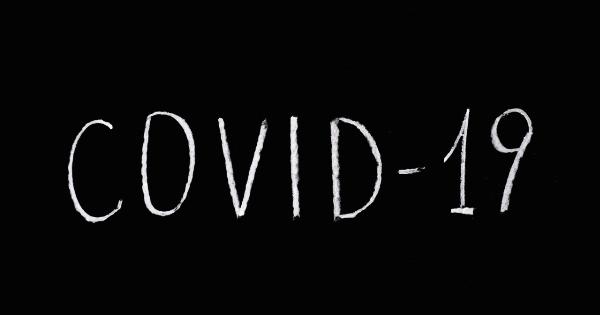Colonoscopy is a commonly used screening test for detecting various gastrointestinal cancers, including colon cancer.
However, recent studies have found that this procedure may not be as effective in detecting orthodontic cancer, which is a type of cancer that affects the oral cavity and throat. If you or someone you know has a history of orthodontic cancer, it is important to understand why colonoscopy may miss this type of cancer and what alternative screening tests may be available.
What is Orthodontic Cancer?
Orthodontic cancer is a type of cancer that occurs in the oral cavity, which includes the lips, tongue, gums, and mouth. It can also occur in the throat, including the tonsils and the back of the tongue.
This type of cancer typically develops from abnormal cells in the lining of these tissues and can spread to other parts of the body if left untreated. Common symptoms of orthodontic cancer include persistent sore throat, difficulty swallowing, mouth or tongue ulcer that doesn’t heal, and a lump or swelling in the mouth or neck.
How is Orthodontic Cancer Diagnosed?
Orthodontic cancer is typically diagnosed through a variety of tests and procedures, including physical examinations, blood tests, and biopsies.
A biopsy involves removing a small sample of tissue from the affected area and examining it under a microscope to look for the presence of cancerous cells. Imaging tests such as CT scans, MRI scans, and PET scans may also be used to determine the extent of the cancer.
Why May Colonoscopy Miss Detecting Orthodontic Cancer?
Although colonoscopy is an effective screening tool for colon cancer, it may not be as effective in detecting orthodontic cancer.
This is primarily due to the fact that orthodontic cancer often develops in areas of the oral cavity and throat that are not easily visible during a colonoscopy procedure. In addition, many orthodontic cancers may not cause any noticeable symptoms in the early stages, which can further reduce the chances of detection during a routine colonoscopy.
Alternative Screening Tests for Orthodontic Cancer
If you or someone you know has a history of orthodontic cancer or is experiencing symptoms, there are alternative screening tests that can be used to detect this type of cancer. These tests may include:.
- Oral Cancer Screening: This involves a physical exam of the mouth, lips, gums, and throat to look for any signs of cancerous growths or lesions.
- Biopsy: As mentioned earlier, a biopsy involves removing a small sample of tissue from the affected area and examining it under a microscope to look for the presence of cancerous cells.
- Imaging Tests: CT scans, MRI scans, and PET scans may also be used to detect the presence and extent of orthodontic cancer.
Conclusion
While colonoscopy is an effective screening tool for colon cancer, it may not be effective in detecting orthodontic cancer.
This is due to the fact that orthodontic cancer often develops in areas of the oral cavity and throat that are not visible during routine colonoscopy procedures. If you or someone you know is at risk of orthodontic cancer or is experiencing symptoms, it is important to speak with a healthcare provider about alternative screening methods.





























